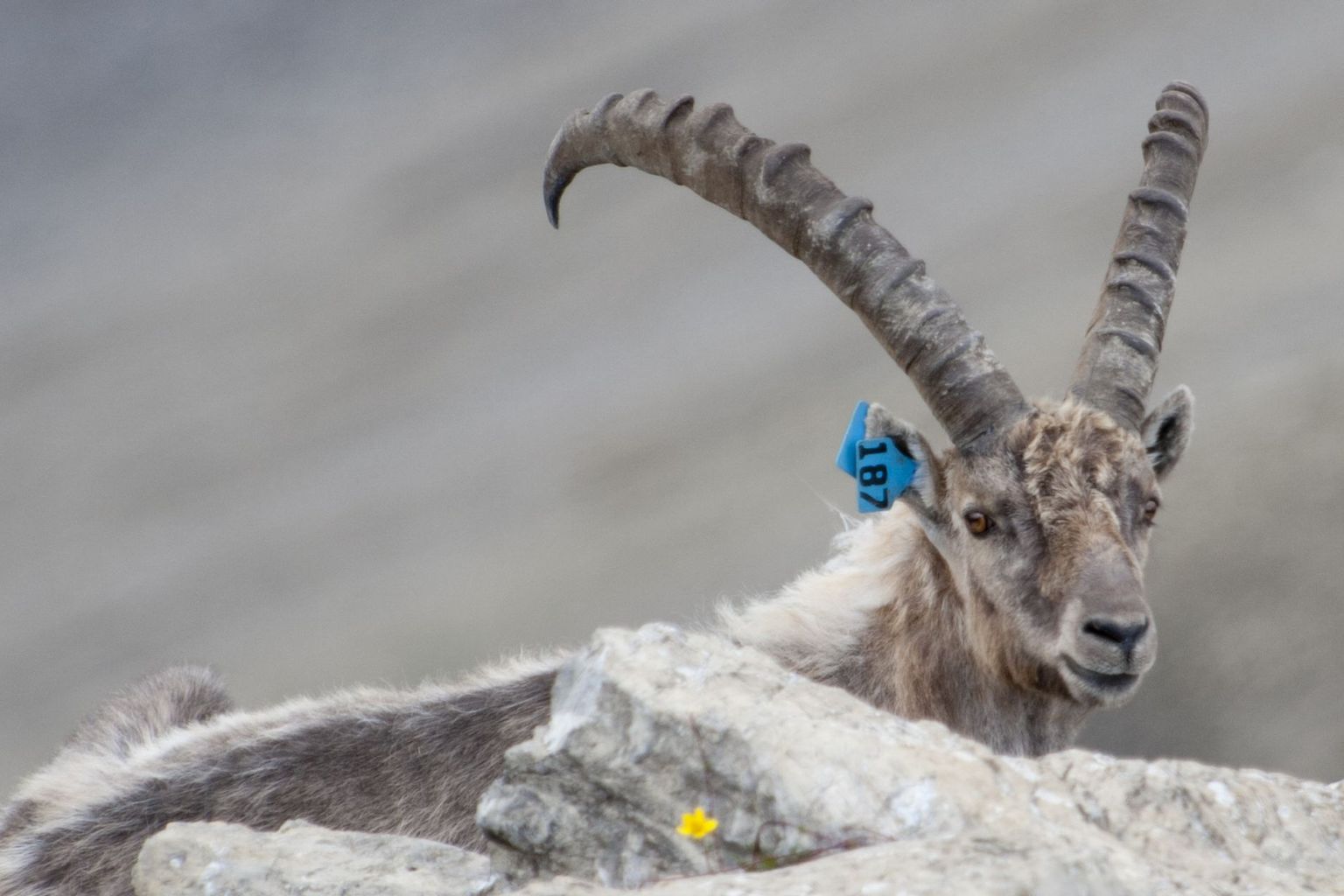Aquatic hyphomycetes in streams of the Swiss National Park
Andreas Bruder, Institute of Microbiology, University of Applied Sciences and Arts of Southern Switzerland (SUPSI), Mendrisio
Gabriele Consoli, Department of Aquatic Ecology, Eawag, Dübendorf, Institute of Earth Surface Dynamics, University of Lausanne, Lausanne
Aquatic hyphomycetes are a polyphyletic group of filamentous fungi that play important ecological roles in detritus-based food webs in streams. They decompose leaf litter and make this resource available to consumers, in particular invertebrate detritivores, using a unique set of extracellular enzymes. Their activity in performing these ecosystem processes but also their response to environmental change depends on the biodiversity of their communities. We performed an exploratory study to develop the first knowledge of the distribution of aquatic hyphomycetes in the different zones of the Swiss National Park. The Swiss National Park is an interesting study site for biodiversity studies because of its ecological heterogeneity caused by geological and altitudinal gradients. Overall, species richness of aquatic hyphomycetes was very low compared to other streams in similar altitude and to lowland streams. Our hypothesis that very small streams (i.e., spring outflows) have lower species richness was not supported. We found indications that richness is independent of stream size. While the Spöl had the highest number of species, mid-sized streams (Stabelchod and Ova dal Val Ftur) had very low numbers of species. In contrast, the stream from a single spring near the Ova dal Val Ftur had relatively few species whereas a stream that drained a spring complex near Ova dal Fuorn had a similarly high number of species as the Spöl. The dominant species (Alatospora acuminata, Neonectria lugdunensis, Flagellospora spp.) were present and dominant in most of the sites. These are also among the most common species in forest streams in other regions and in lower altitudes. Future studies will be aimed at comparing our data to metabarcoding data from the same study sites and to coordinated studies in other sites across Europe.

